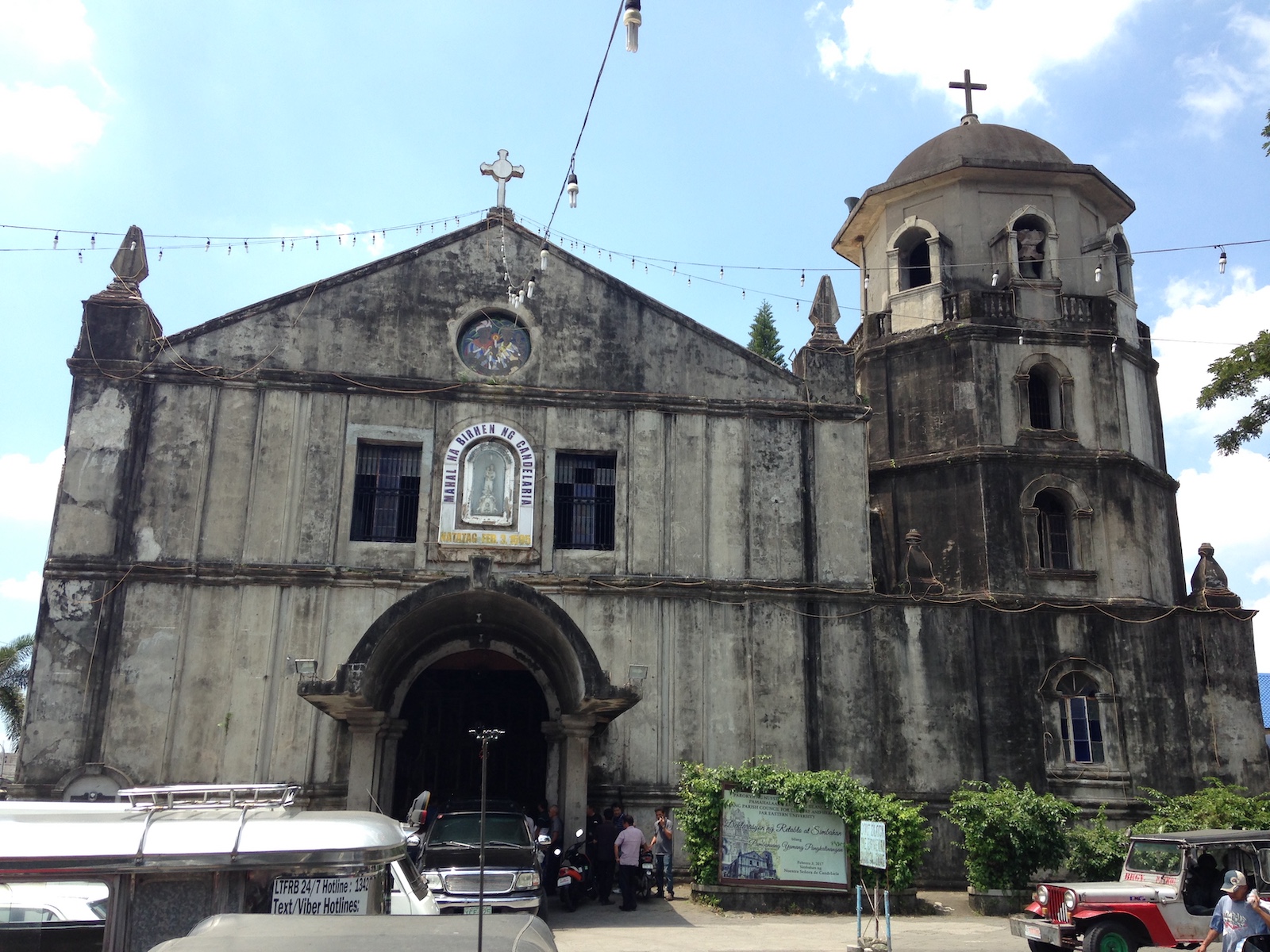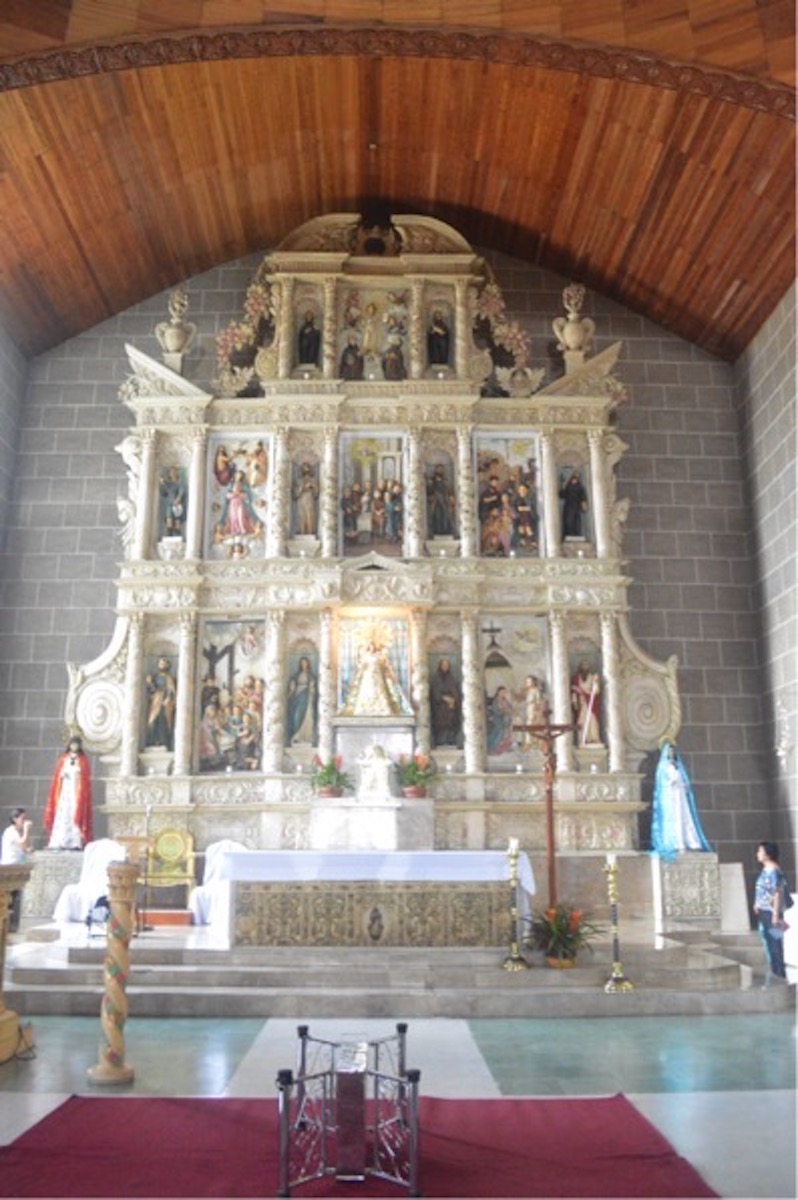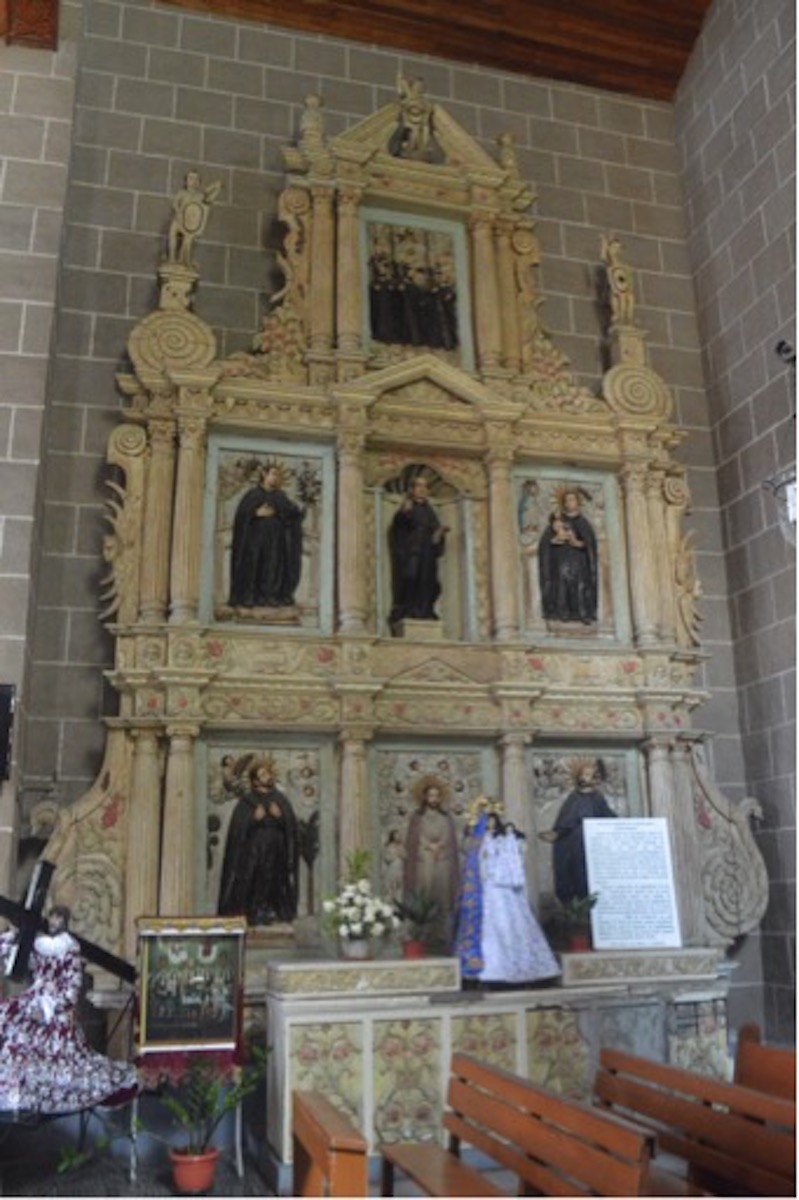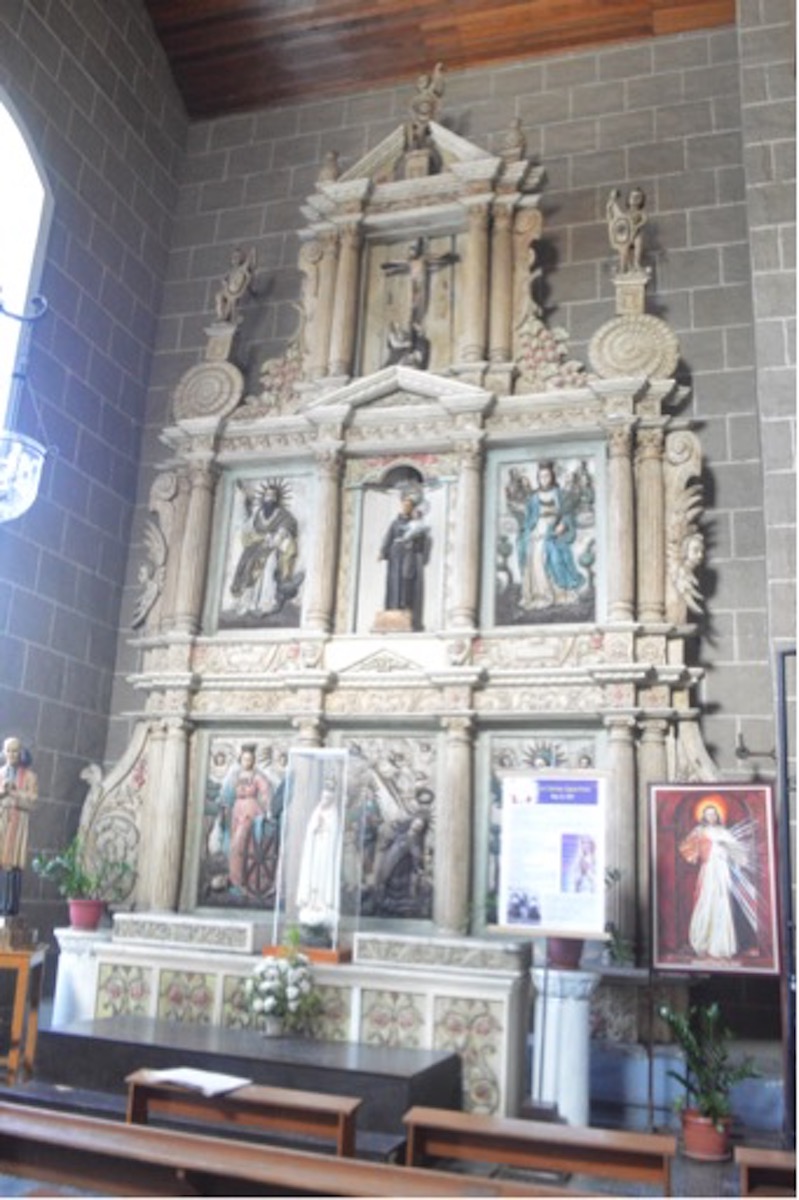140th Birth Anniversary of Filipino Sculptor Graciano Nepomuceno
The #NationalMuseumPh features this wood relief from the National Fine Arts Collection (NFAC) in commemoration of the 140th birth anniversary of Filipino sculptor Graciano Nepomuceno who was born #OnThisDay in 1881.
This circa 1930-1940 work, entitled “Spoliarium by Luna” is Nepomuceno’s rendition of an award-winning work by Filipino master artist, Juan Luna – the “Spoliarium” (1884). It portrays the bloody carnage at the basement of the Roman Colosseum where fallen gladiators are dumped and stripped of their worldly possessions. This historical work is Luna’s most famous, and his biggest painting in the Philippines which won the gold medal in the 1884 Madrid Exposition of Fine Arts.
Graciano Nepomuceno was born in Trozo area in Binondo, Manila – one of the more affluent areas in Manila at the time of his birth where residents have better formal education and are fluent in Castillan Spanish. He pursued a career in painting studying under Miguel Zaragoza (1842-1923) at the Liceo de Manila, and studied sculpture as an apprentice of prize-winning sculptor, Ciriaco Arevalo and well-known sculptor Eugenio Llerena (1860-1924). Among Nepomuceno’s famous works are the relief decorations for the ceiling of the Malacañang Palace, the façade of the Metropolitan Theater, and a bronze relief of Dr. Jose Rizal’s bust which is also part of the NFAC. He was also considered one of the leading sculptors and santeros (icon-maker) during the early 1900s and was the predecessor of National Artist Guillermo Tolentino (1890-1976) in the University of the Philippines. From 1914 to 1922, Nepomuceno and renowned sculptor Isabelo Tampinco (1850-1933) established a shop in Arlegui Street in Quiapo, Manila. He passed away in 1974.
Nepomuceno’s “Spoliarium by Luna” is currently displayed at the South Wing Hallway Gallery on the second floor of the National Museum of Fine Arts. It is featured along with classical sculptures of saints and religious images by Tampinco and his son, Vidal Tampinco (1893-1963) from the private collection of Ernesto and Araceli Salas.
#MuseumFromHome
#OnThisDay
#GracianoNepomuceno
Text by NMP FAD
Photo by Bengy Toda
© National Museum of the Philippines (2021)












